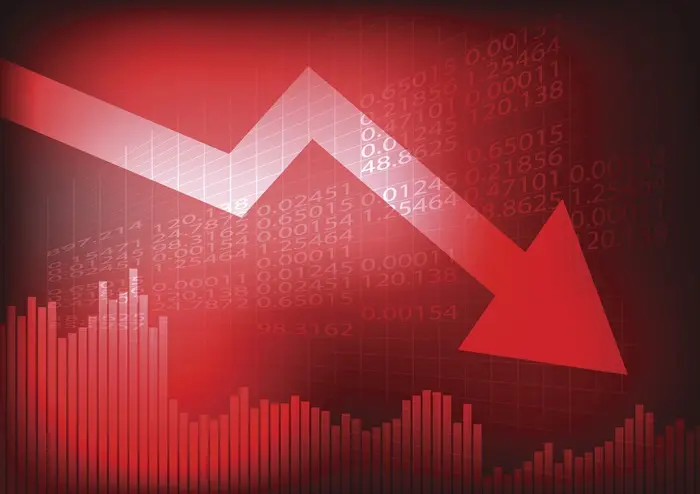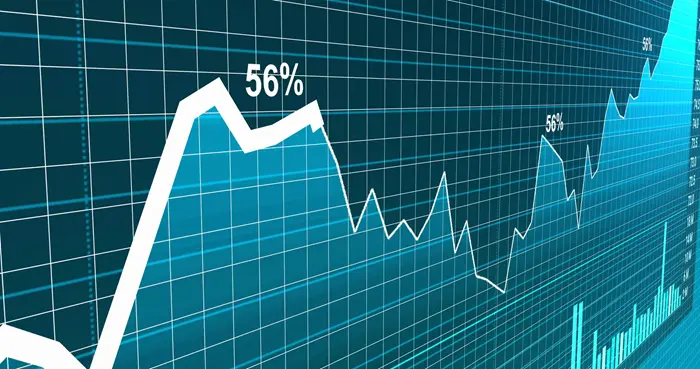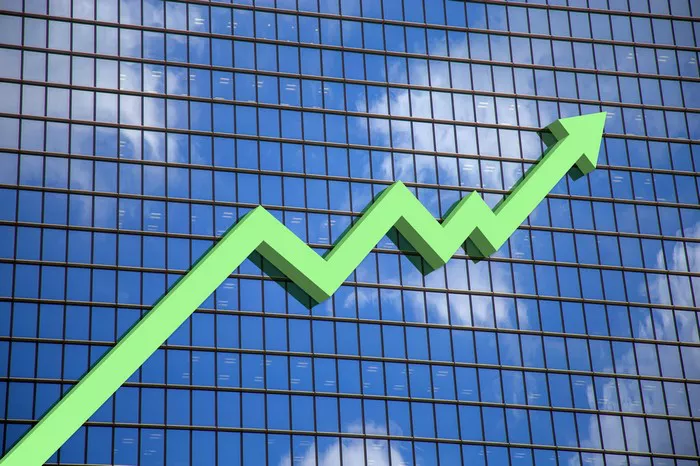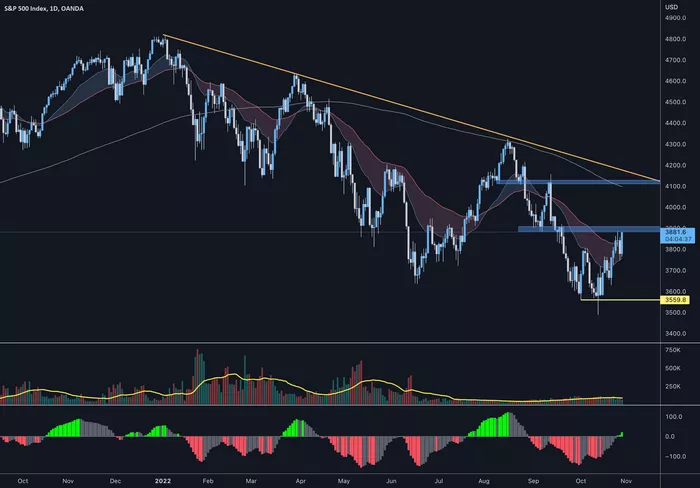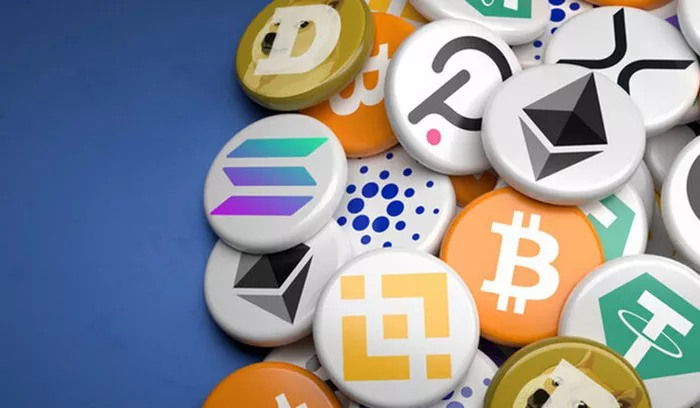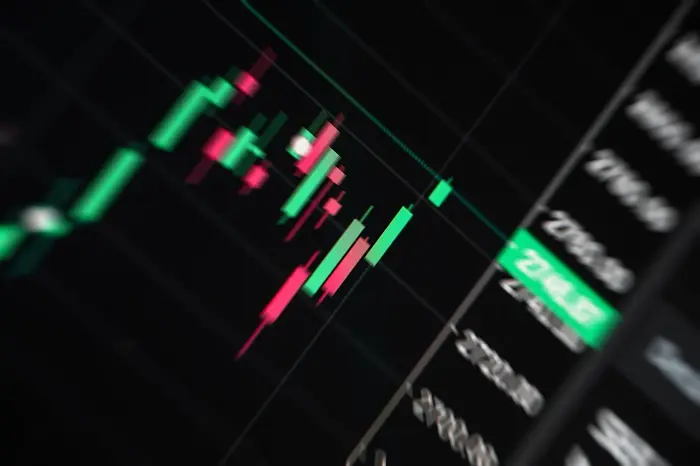On Wednesday, President Trump sent a social media post that helped drive one of the biggest one-day gains in U.S. stocks in the past century.
At 1:18 p.m. ET, Trump posted on his social media platform Truth Social that he would suspend high “reciprocal” tariffs on non-retaliatory countries for 90 days.
“I have authorized a 90-day suspension and a significant 10% reduction in reciprocal tariffs during that time, also effective immediately,” Trump wrote in the post.
Markets surged in response.
When the closing bell rang on Wall Street, the benchmark S&P 500 ( ^GSPC ) was up 9.5% for the day, while the tech-heavy Nasdaq Composite ( ^IXIC ) surged 12.1%.
The Dow Jones Industrial Average ( ^DJI ) rose 2,962 points, or 7.9%.
It was the best day for the S&P 500 since 2008, while the Nasdaq had its second-biggest one-day gain on record, behind only a 14% surge in 2001. For the Dow, Wednesday’s gain was its biggest since 2008.
“The last few days have looked pretty subdued, so I guess they’ll say this is the most significant day in financial history,” President Trump said Wednesday on the White House lawn. “It’s a pretty big change.”
Markets are finally getting “a dose of relief,” Piper Sandler chief investment strategist Michael Kantrowitz wrote in a Wednesday afternoon note.
“While uncertainty won’t go to zero, the worst-case scenario is likely not going to happen,” Kantrowitz wrote.
Investors are rushing to buy stocks and leaving questions for later.
Big tech stocks led the gains, with Nvidia (NVDA) surging more than 18% and Tesla (TSLA) up 22%.
Apple (AAPL), Meta (META), and Amazon (AMZN) rose 15.3%, 14.8%, and 12%, respectively.
While investors welcomed Trump’s announcement, the president did escalate his trade war with China, raising tariffs on Chinese imports to 125%.
But even stocks that have been lower in recent days on concerns about Chinese tariffs, such as Apple, rose on Wednesday. Shares of Chinese e-commerce giant Alibaba (BABA) rose more than 5%, and JD.com (JD) rose more than 6%.
Wednesday’s reversal came as market chaos continued to heat up late Tuesday and into overnight trading.
As of Tuesday, the S&P 500 had three consecutive trading days of peak-to-trough moves of about 6% or more, a phenomenon that has only occurred in 1987, 2008, and 2020. The 10-year Treasury yield ( ^TNX ) jumped more than 50 basis points in three days, the most dramatic move since 2001.
“The moves by the stock and bond vigilantes suggest that the Trump administration may be playing with ‘liquid nitro,’” Ed Yardeni, president of Yardeni Research, said in a research note released late Tuesday. “The capital markets may be about to erupt in some turmoil due to the pressure caused by the Trump administration’s trade war.”
Trump acknowledged in a speech at the White House on Wednesday that he was watching the bond market, but did not confirm that it was a catalyst for him to abandon his hardline tariff stance.
“I saw people getting a little uneasy last night,” Trump said.
The 10-year Treasury yield retreated after Trump’s comments, but yields were still up about 14 basis points on Wednesday to 4.4%, the highest level since February.
Wednesday’s events portend further market turmoil, as one of Wall Street’s most closely watched economic research teams first predicted a recession, then walked that call back in less than 90 minutes.
“We revert to our previous non-recession baseline forecast of 0.5% GDP growth and a 45% probability of recession,” Goldman Sachs chief economist Jan Hatzius wrote Wednesday following Trump’s latest tariff update. Earlier in the day, Goldman joined its peers at JPMorgan in predicting a recession this year.
Still, Hatzius’ team is sticking with its 45% chance of a recession, a reminder that there’s a lot to consider beyond the momentary excitement of Trump’s tariff pause.
But at least on Wednesday, markets got the speech from President Trump they’d been waiting for, and to Piper’s Kantrowitz, that suggests the biggest trouble for stock investors may be in the rearview mirror.
“Assuming there isn’t a full 180-degree reversal of the reciprocal tariff policy, I believe the market has bottomed out,” Kantrowitz wrote.
Related topics:







